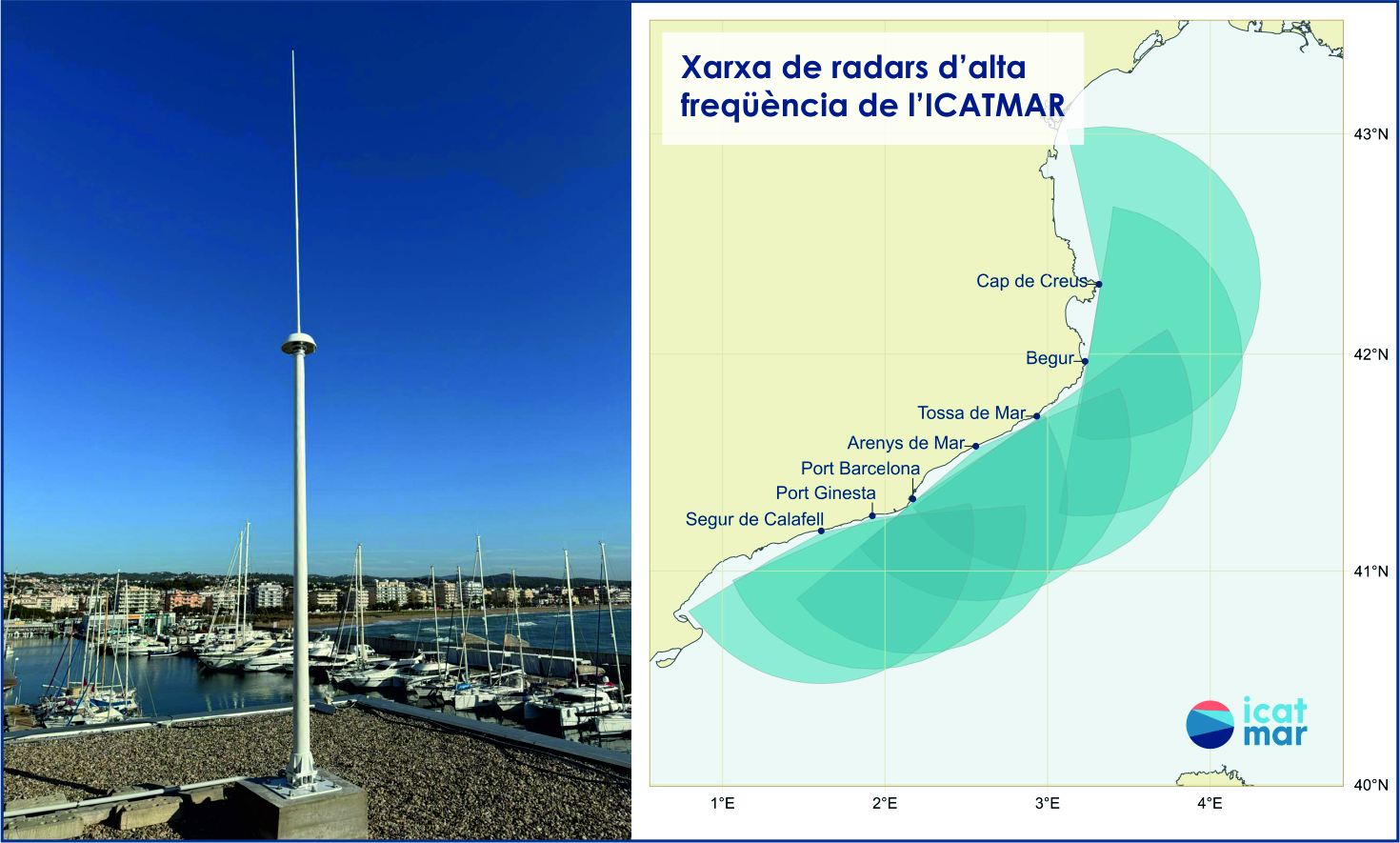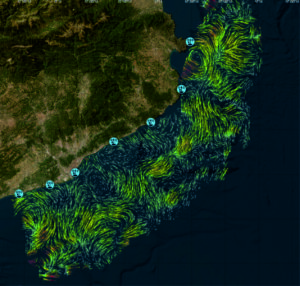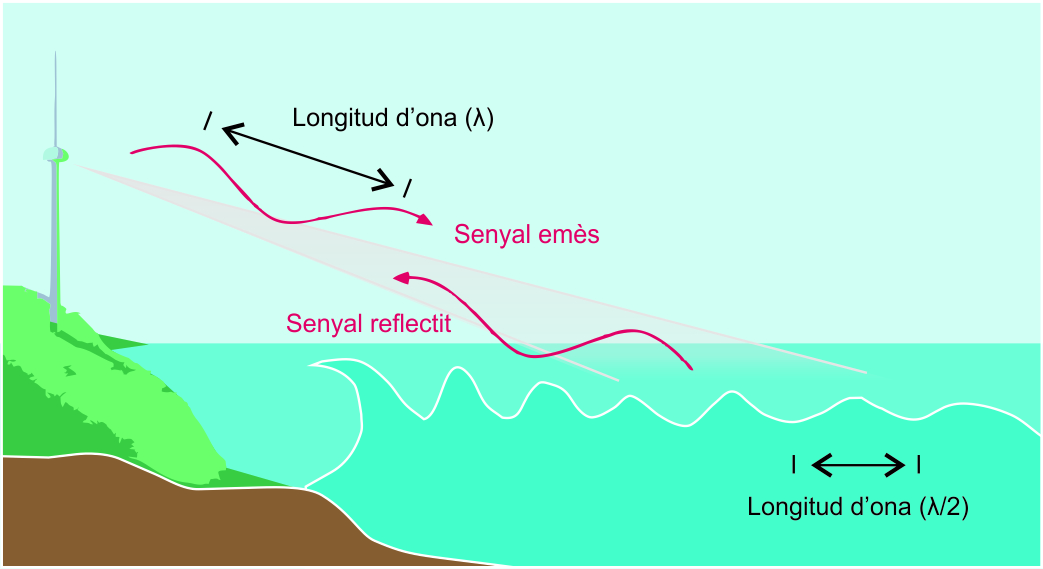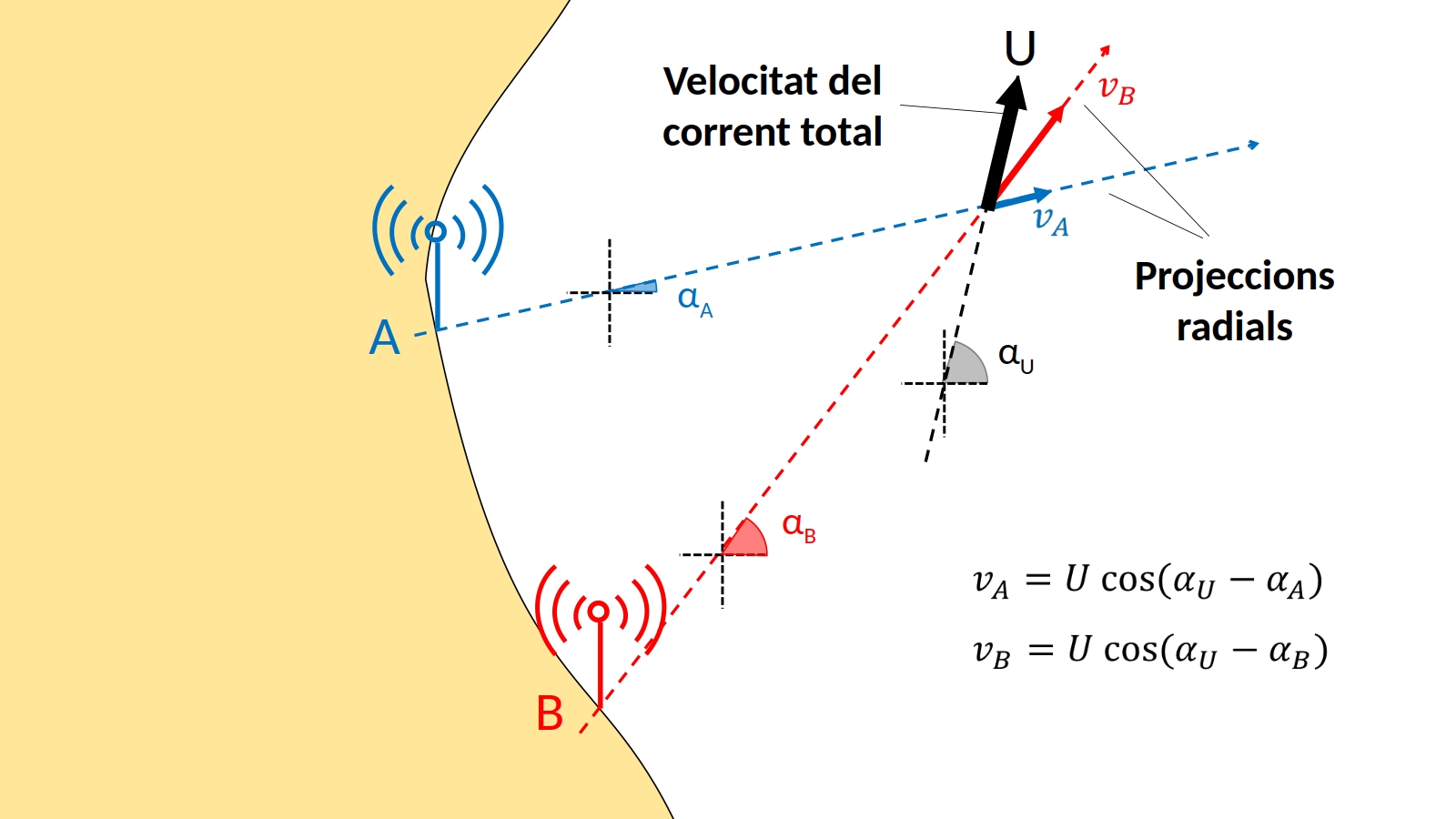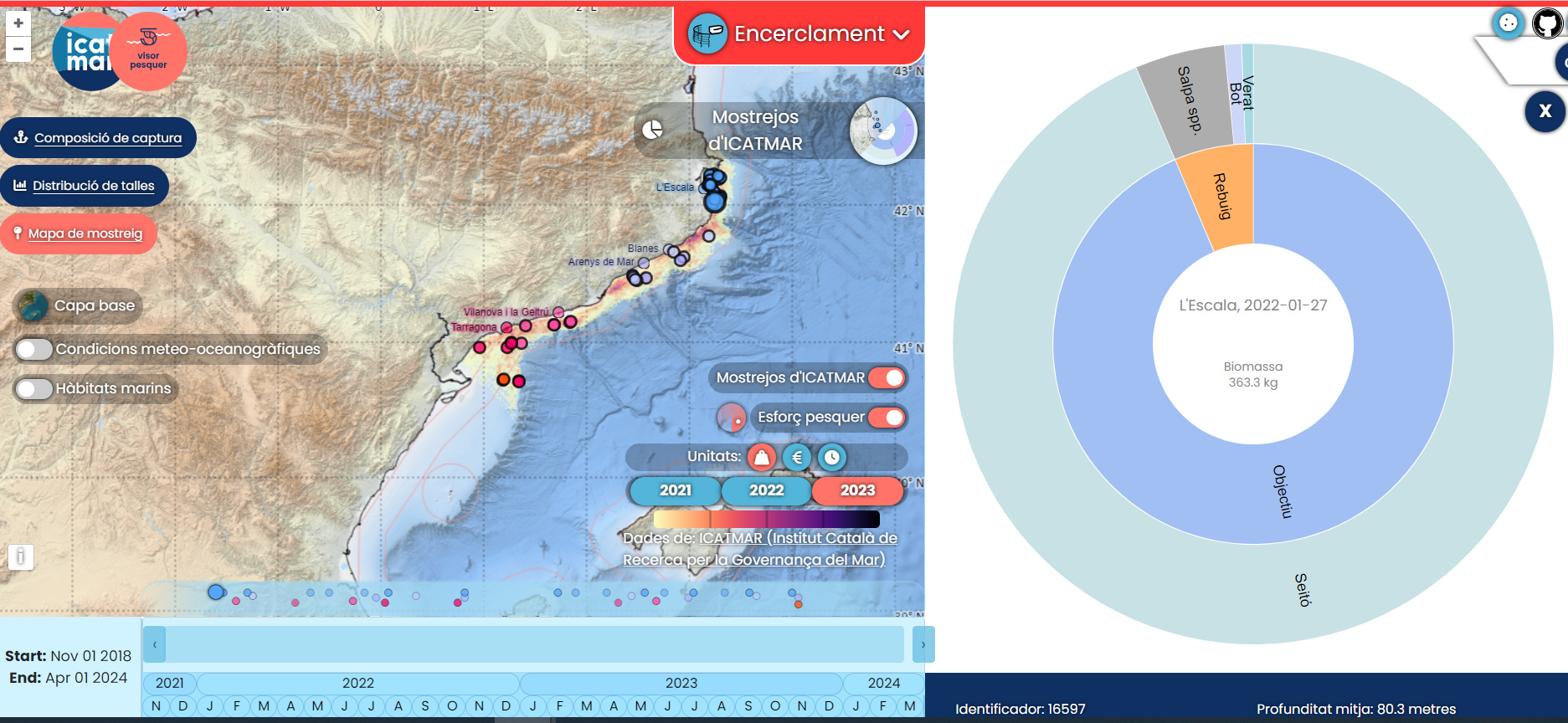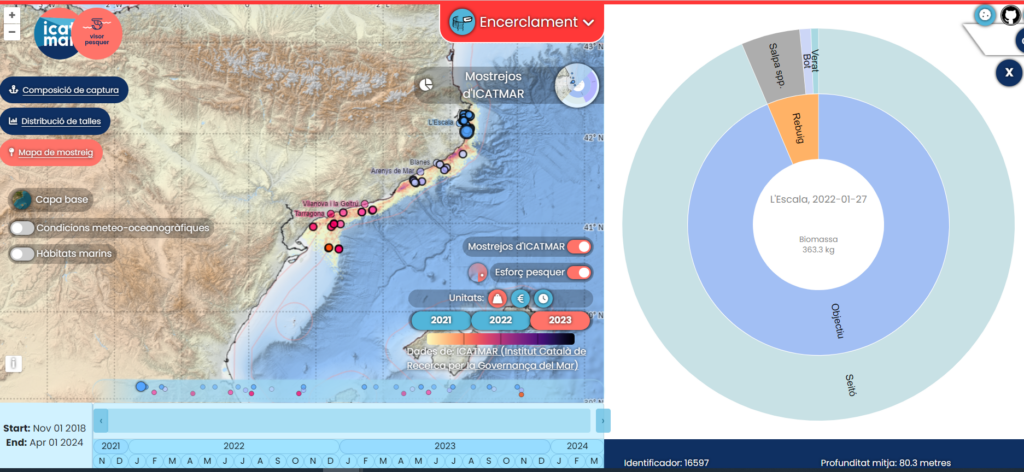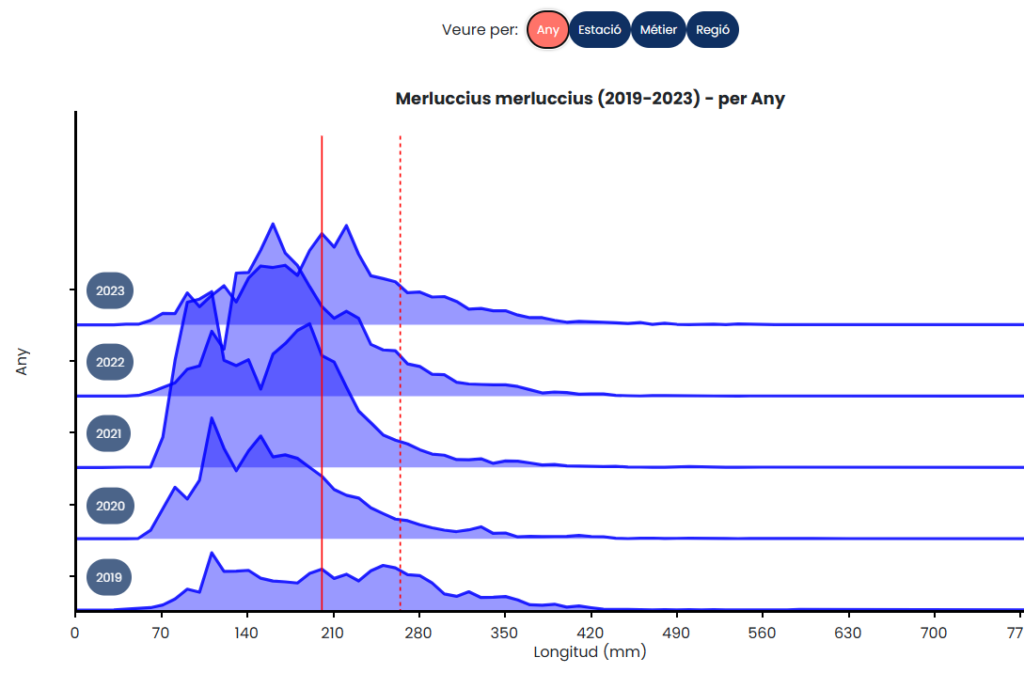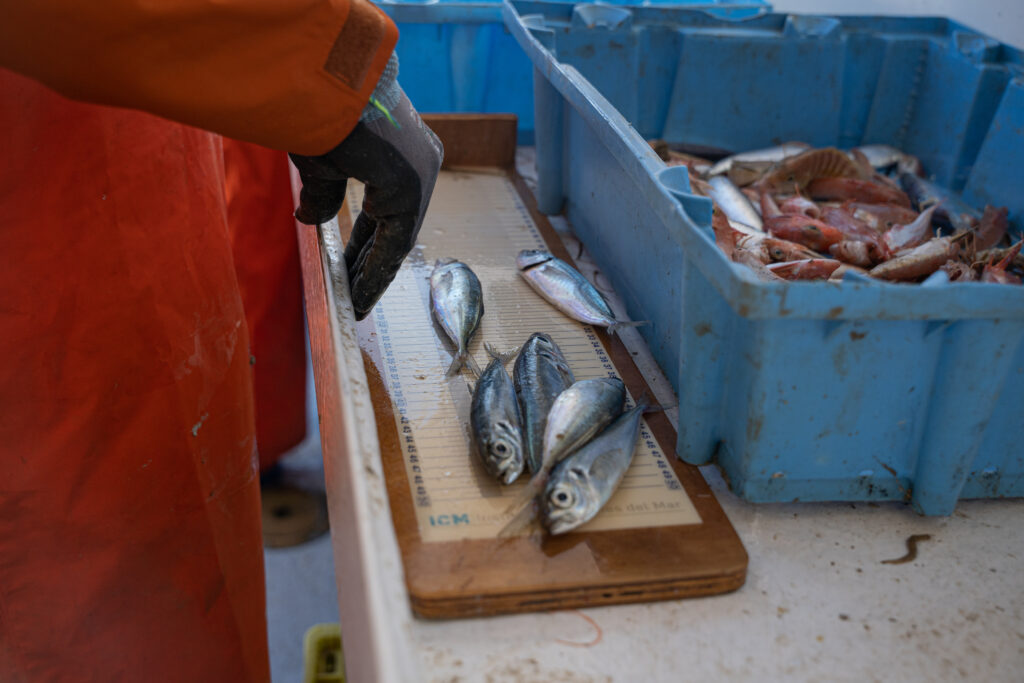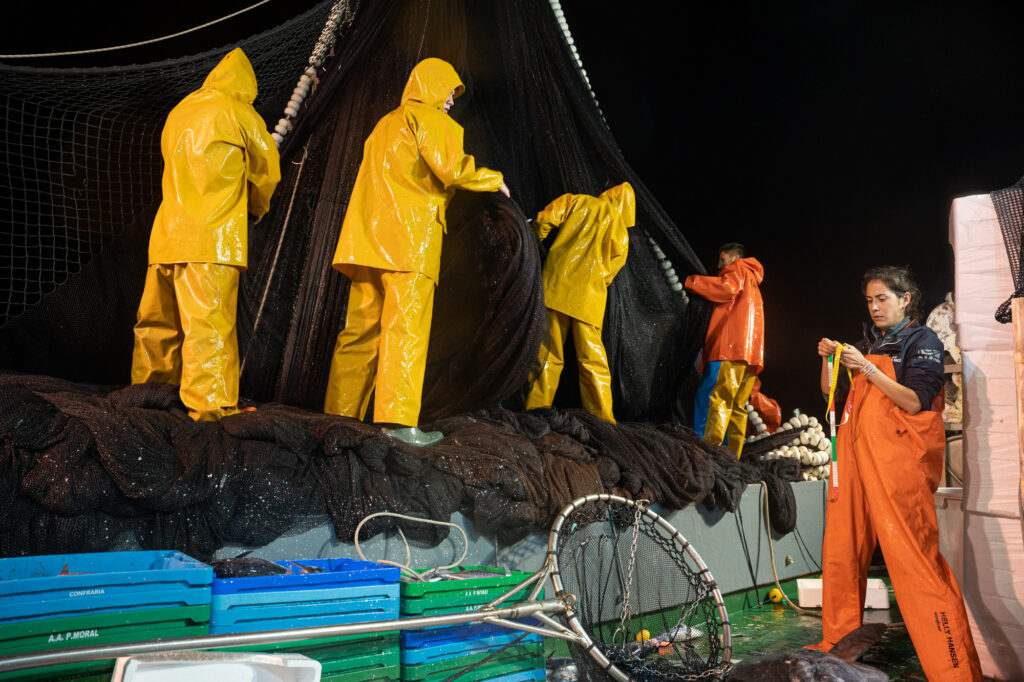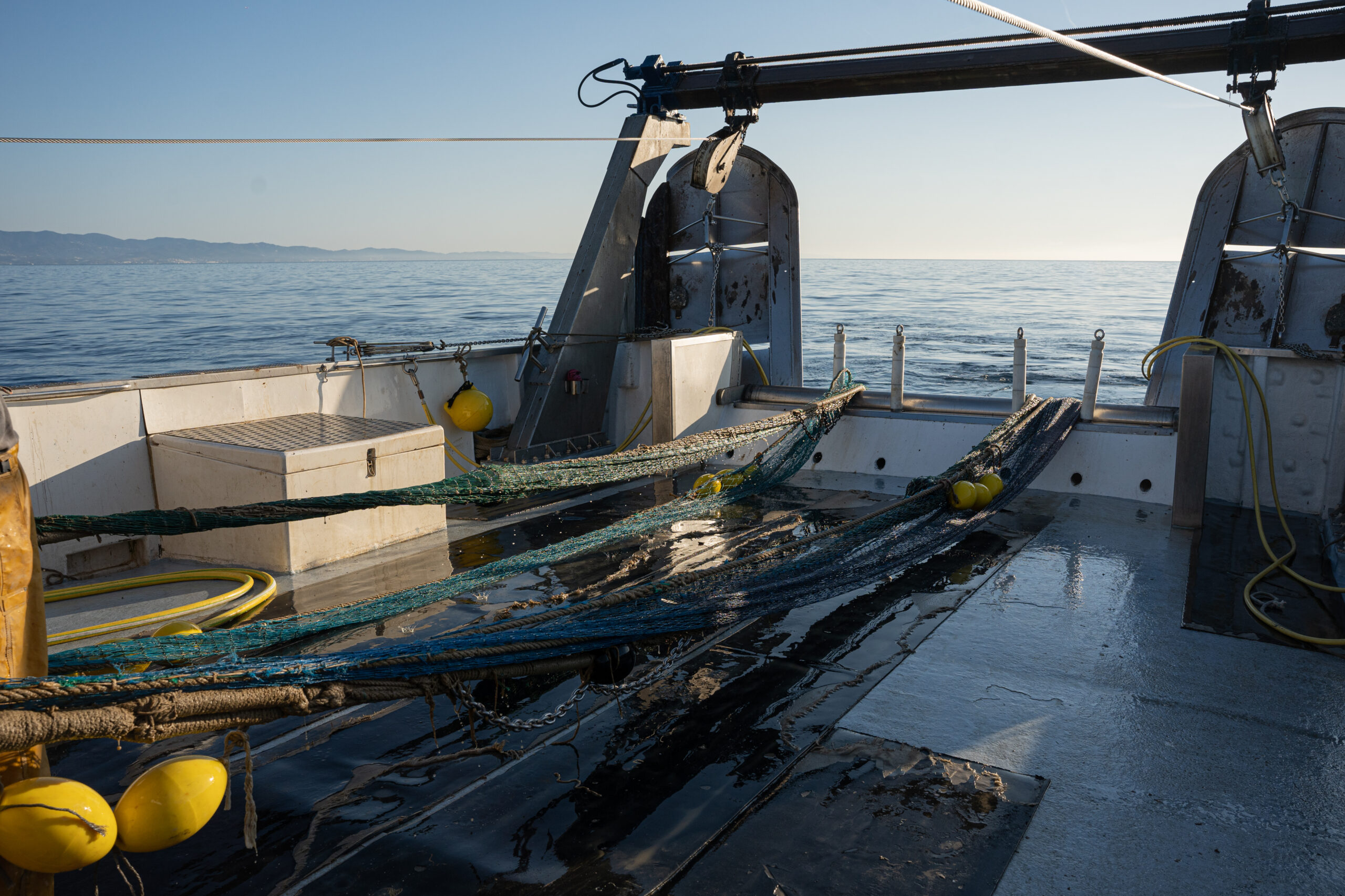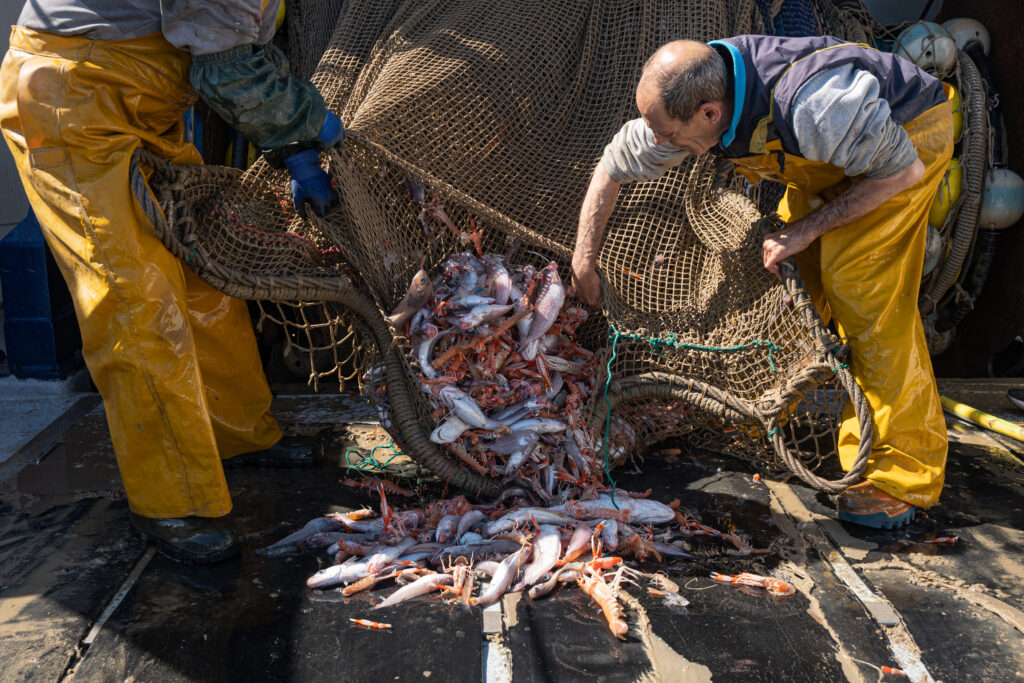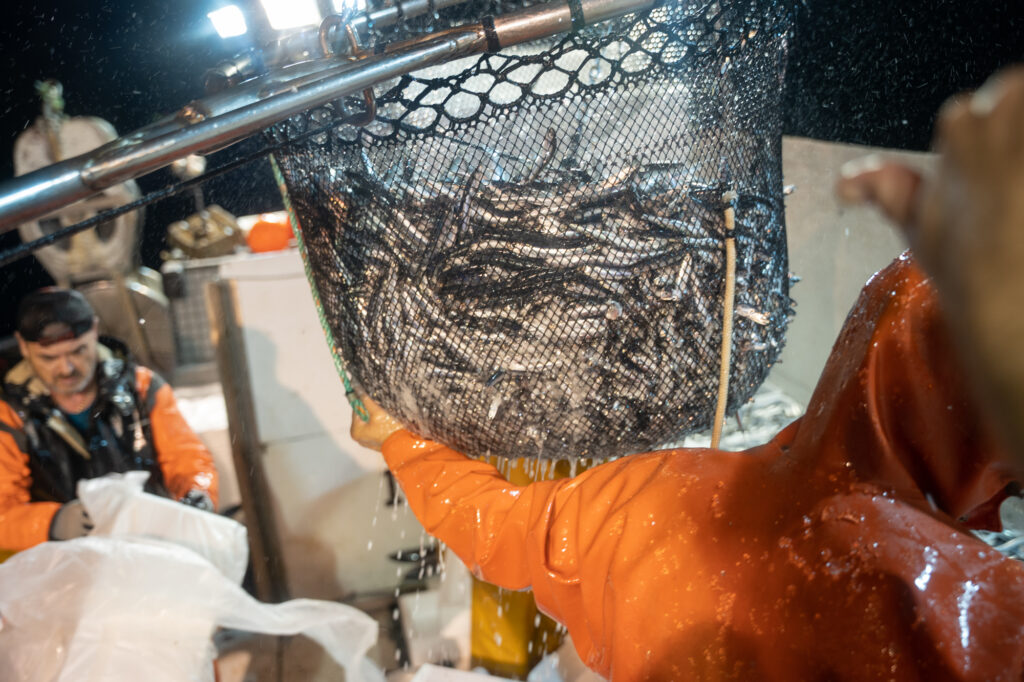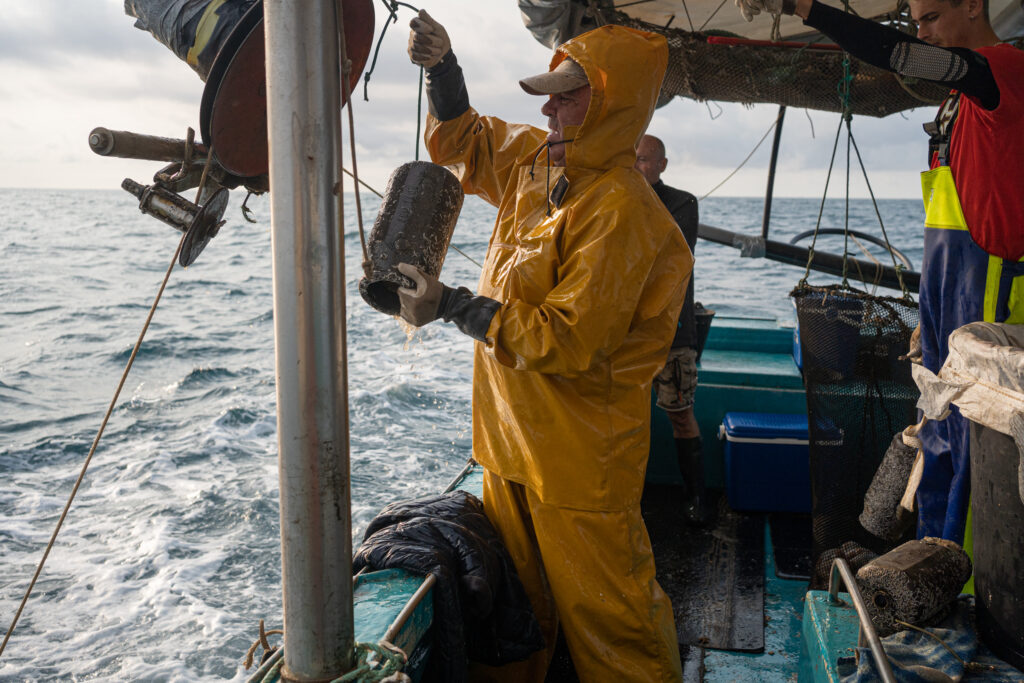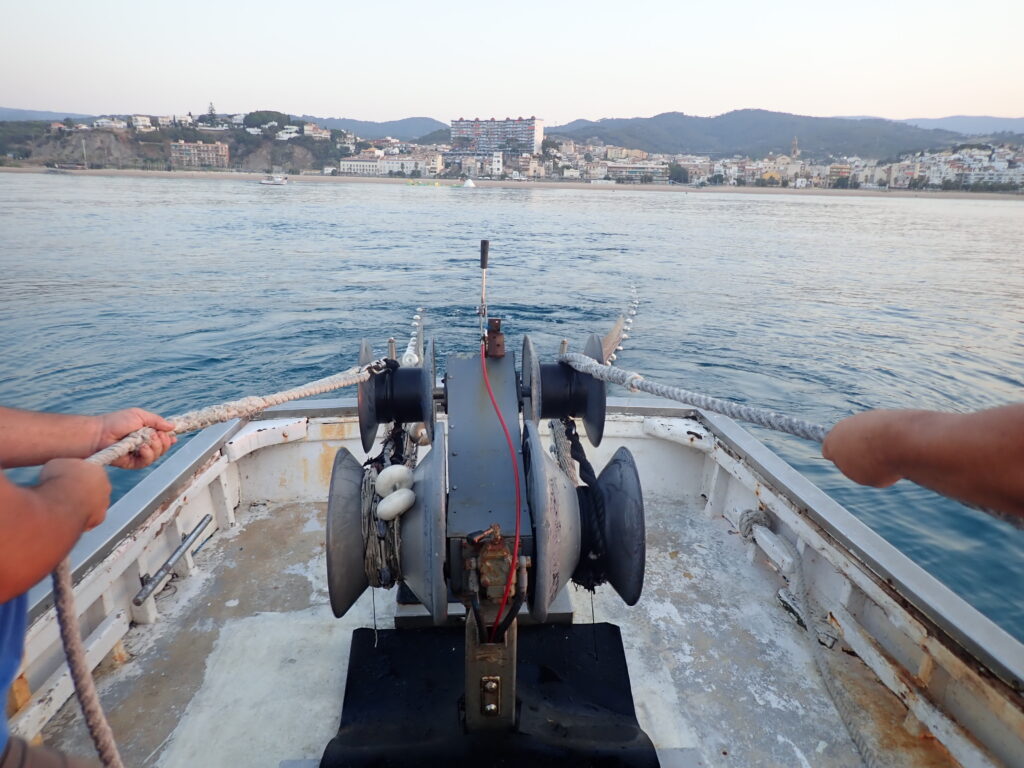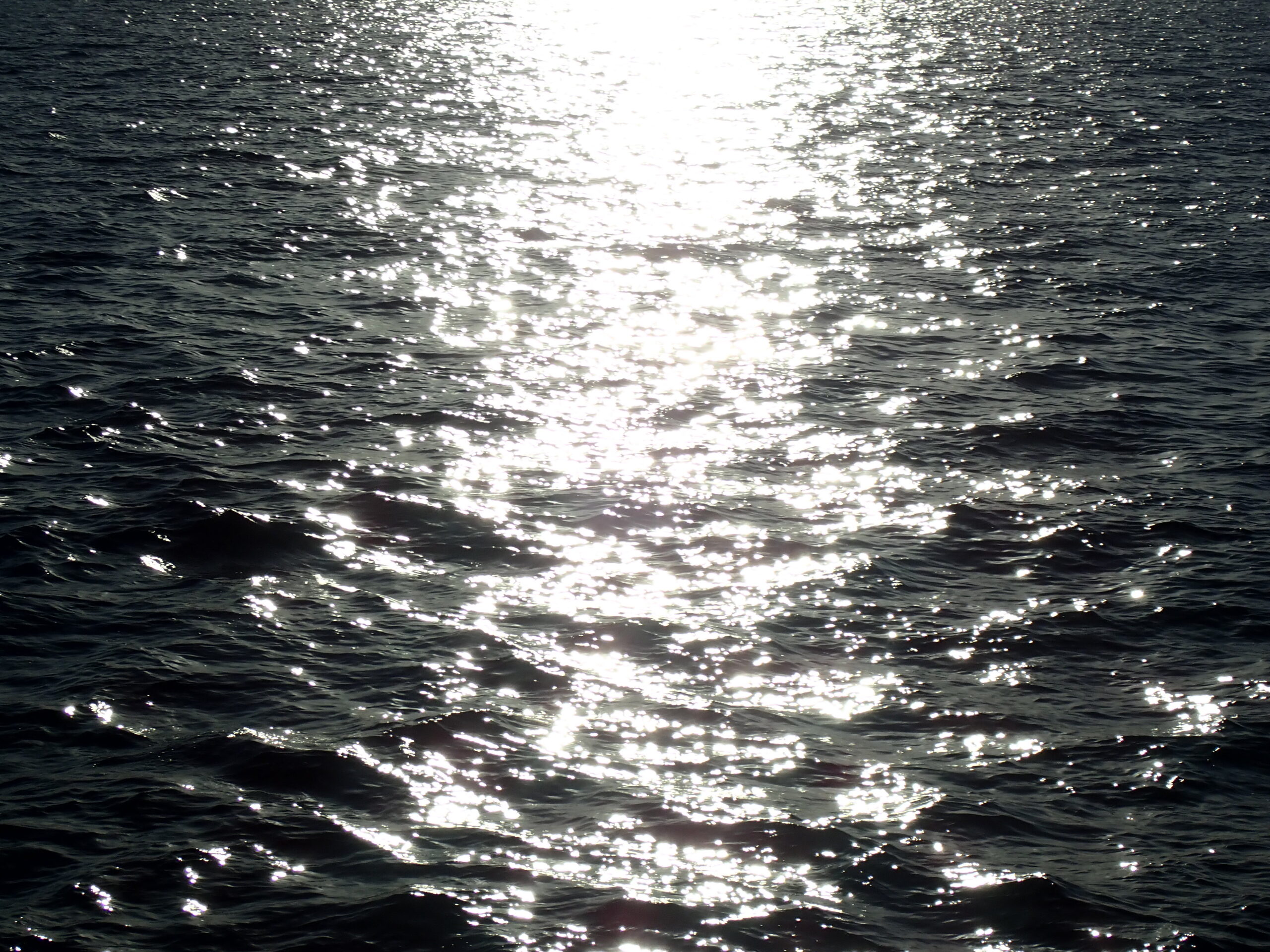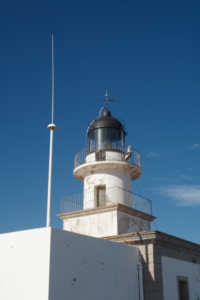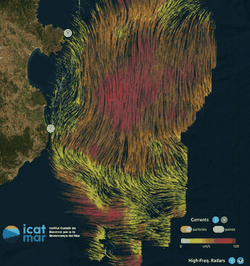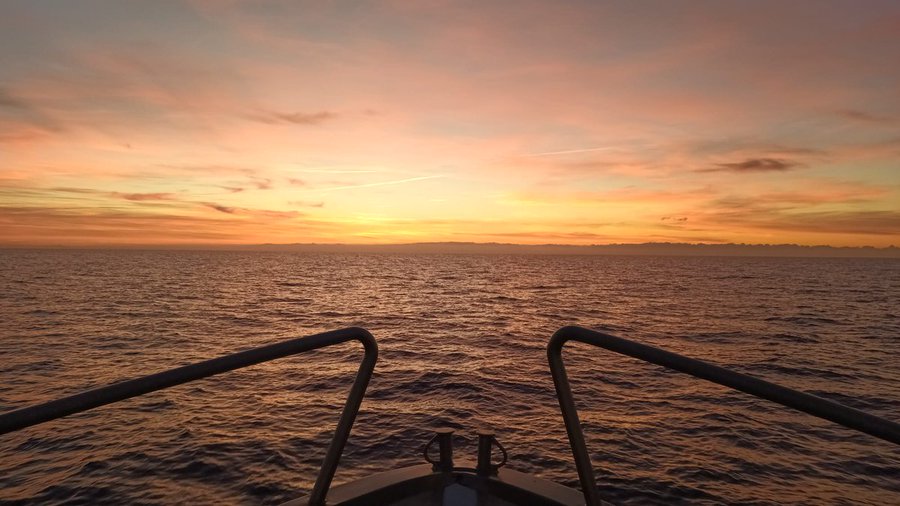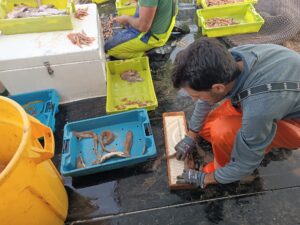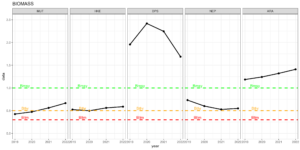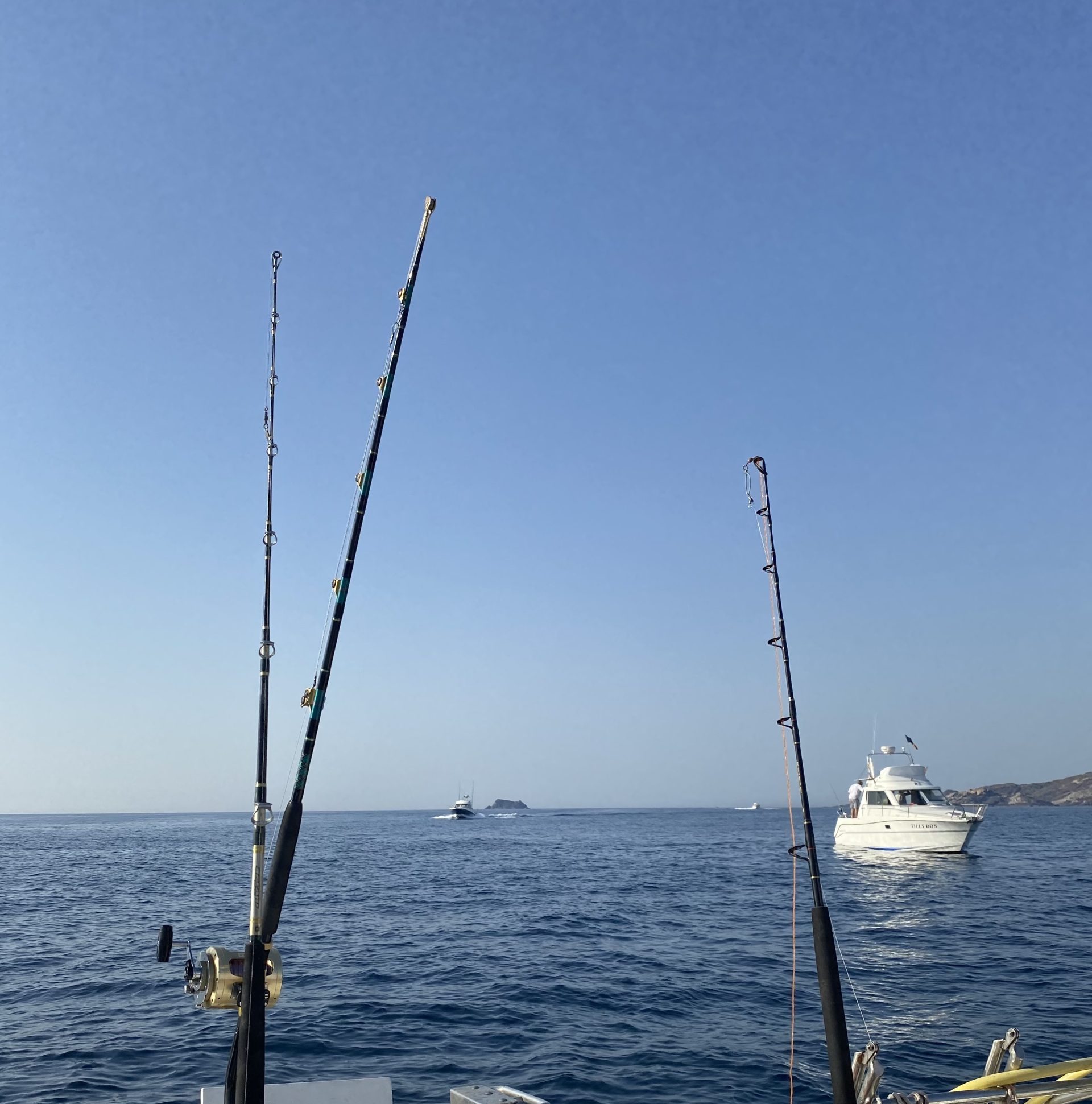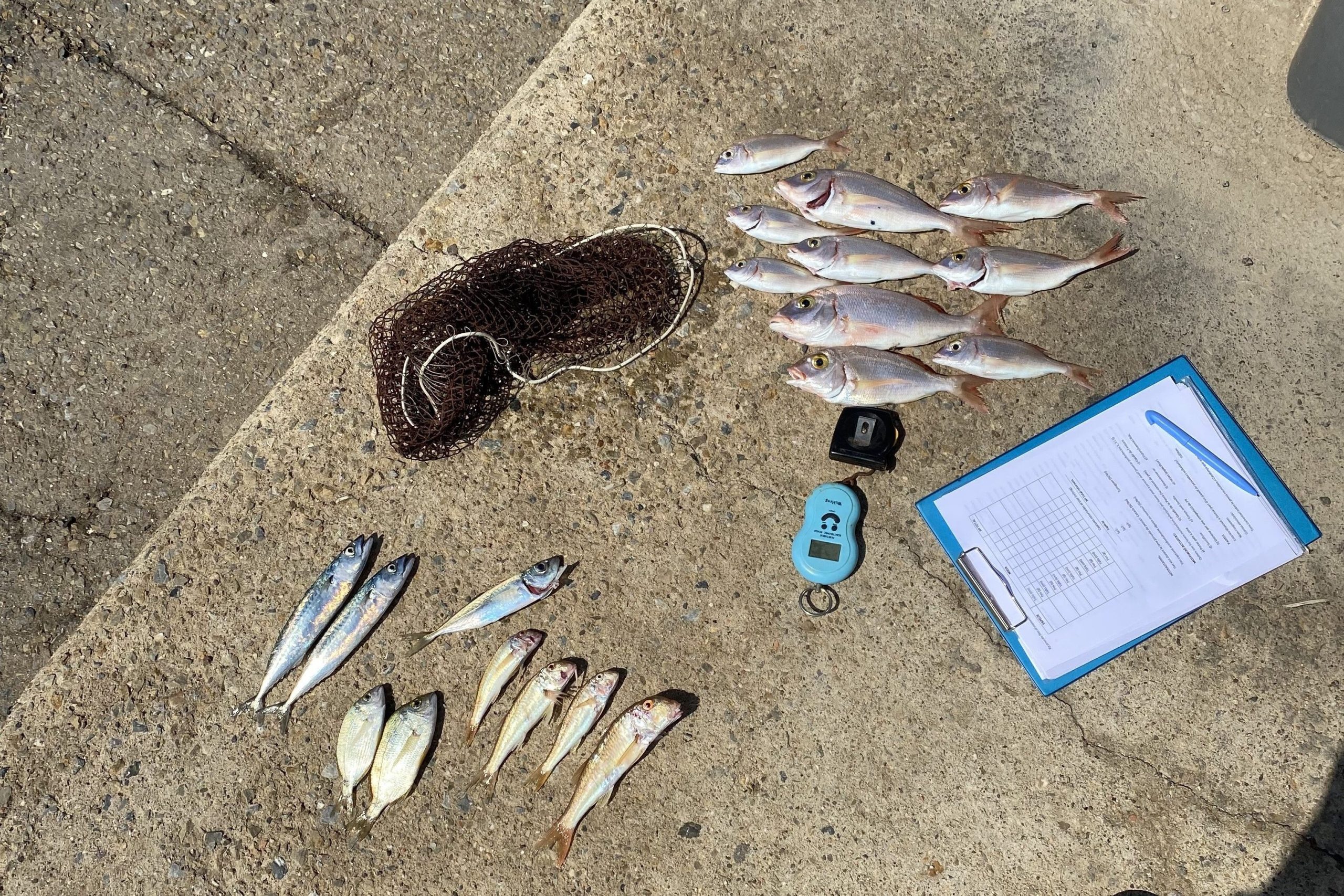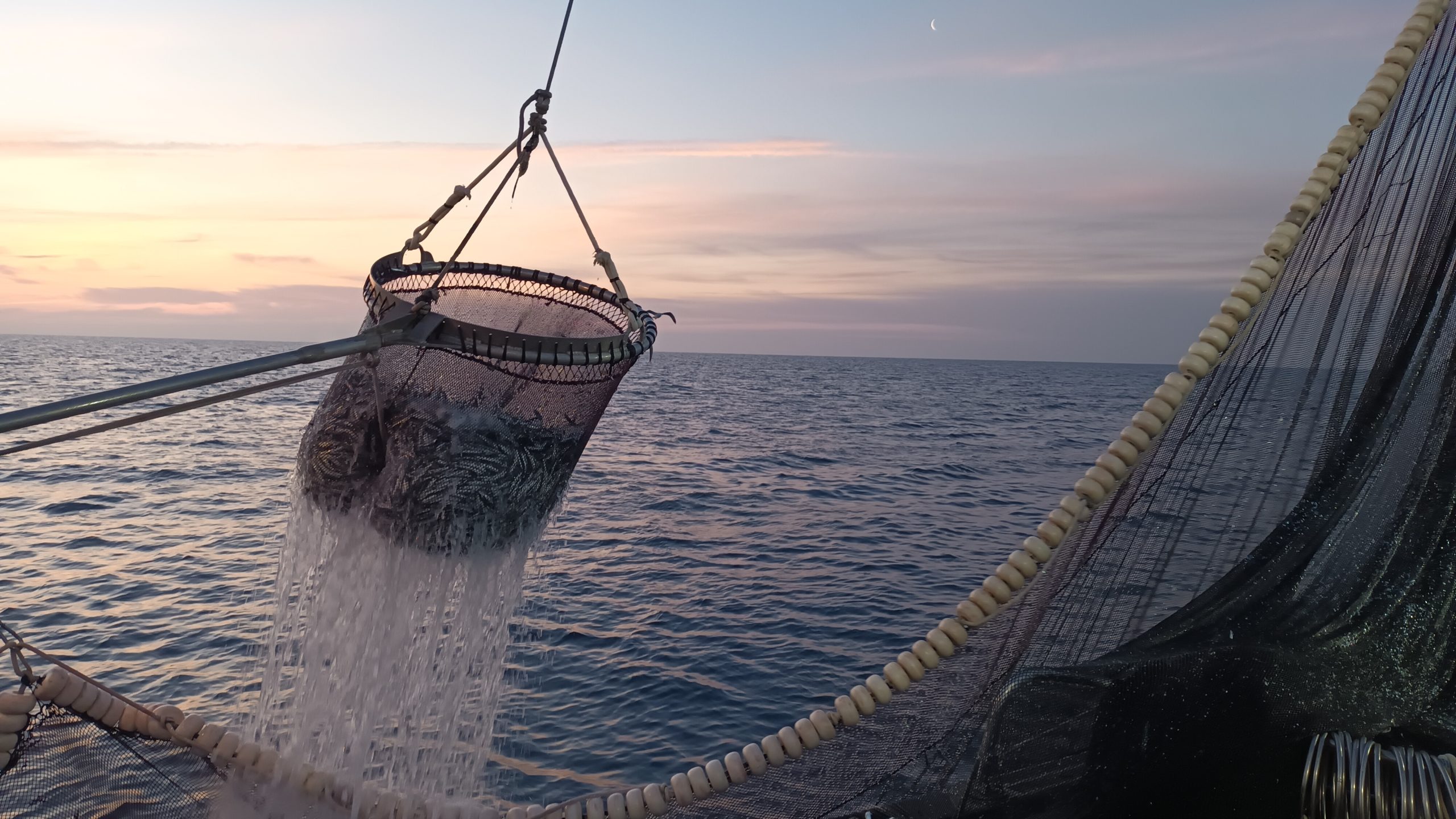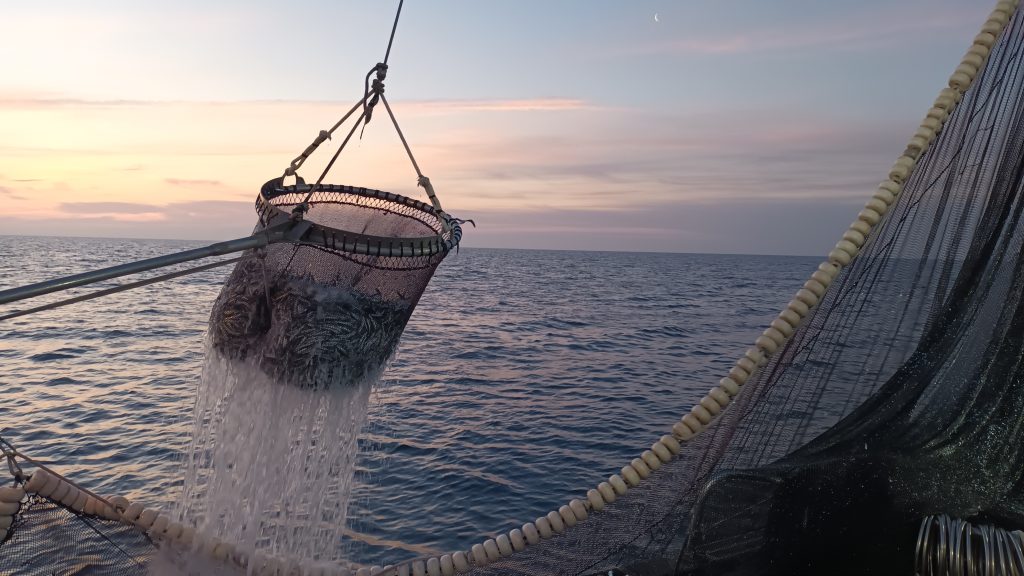In recent months, a consensus has emerged within the scientific community on the need to revise stock assessment methodologies in the Mediterranean.
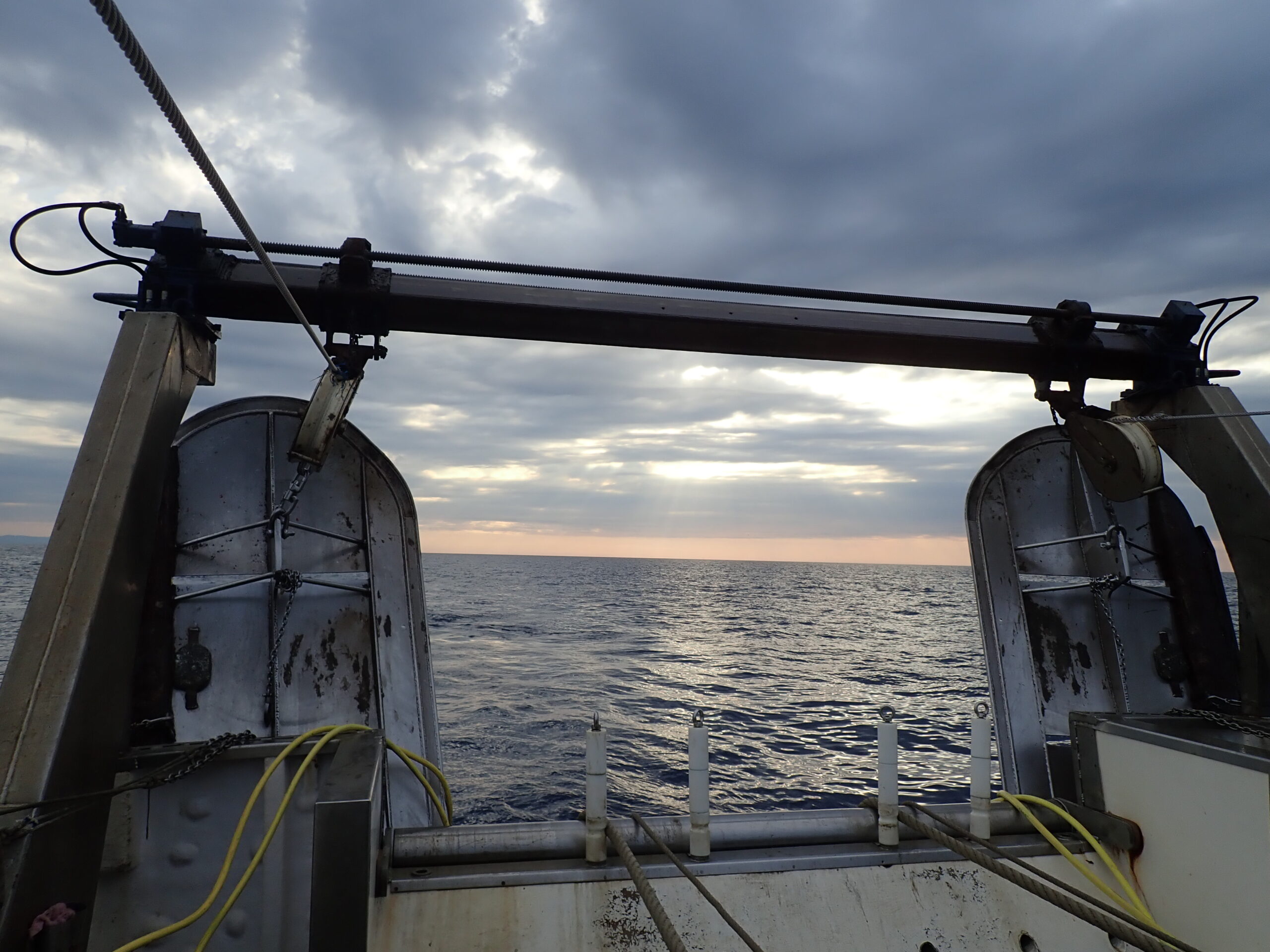
Otter boards from a bottom trawling vessel of the Catalan coast.
The Western Mediterranean Multiannual Plan (hereinafter, the MAP Regulation) is a European Commission Regulation that governs the demersal fisheries in the Western Mediterranean. It was published in 2019 and adopted in Spanish Mediterranean waters in May 2020. Its objective is to reach fishing mortality levels corresponding to the maximum sustainable yield (a level of fishery exploitation that allows a marine population to be used without compromising its long-term sustainability) for all target stocks, and particularly for the stock considered most vulnerable by 2025. The species listed in the MAP Regulation as target species are red mullet (Mullus barbatus), European hake (Merluccius merluccius), deep-water rose shrimp (Parapenaeus longirostris), Norway lobster (Nephrops norvegicus), blue and red shrimp (Aristeus antennatus), and giant red shrimp (Aristaeomorpha foliacea, which is absent from the Catalan coast).
The text of the MAP Regulation states that fisheries management measures must be based on the best available scientific advice, specifically citing the STECF (Scientific, Technical and Economic Committee for Fisheries), an advisory scientific body that meets periodically in various working groups. It also defines reduction of fishing effort as the main management tool. Thus, in the stock assessments carried out by STECF in September, fishing mortality estimates are determined and used as guidance to calculate the necessary reduction in fishing effort to meet the targets. Based on this information, in November the Commission publishes a proposal for the next year’s fishing opportunities, which includes:
Fishing days assigned to each Member State, to be distributed among the entire trawl fleet.
Corrective measures for the most vulnerable stocks, in addition to the reduction of fishing days (e.g., quotas or closed seasons).
Compensation mechanisms that allow fleets to obtain additional fishing days (e.g., use of more selective meshes or low seabed-impact trawl doors).
In this context, in 2018, it was calculated that if by 2025 the target fishing mortality for European hake, the most vulnerable species according to assessments, was to be achieved, the fleet would be limited to around 60 fishing days per year. This would threaten the economic viability of the fleet, and consequently of the fishers’ guilds and the Catalan fishing sector as we know it. As a result, ICATMAR began studying other fisheries management measures that have proven effects on the recovery of marine populations and ecosystems, beyond reducing fishing days. These include the use of more selective meshes, low-contact otter boards, and the establishment of permanently closed fishing zones. Initially introduced as compensation mechanisms, these measures saw very low adoption, since most of the sector did not perceive benefits in implementing them as they were laid out in the regulation.
In 2024, the fishing mortality values for European hake estimated in the latest STECF stock assessment were still far from the target value. Consequently, the Commission’s proposal for fishing opportunities in 2025 for the Spanish Mediterranean trawl fleet involved a sharp reduction in assigned fishing days, leaving them at just over 15,000 for the entire fleet. Thus, from 110 days allocated per vessel in 2024 (with a total of 140 to 170 actual days fished, thanks to compensation mechanisms), only 27 days were allocated for 2025. The Commission’s proposal included compensation measures which, if fully complied with, would allow fishing days to be recovered up to the 110 allocated the previous year, but not the total number of days actually fished.
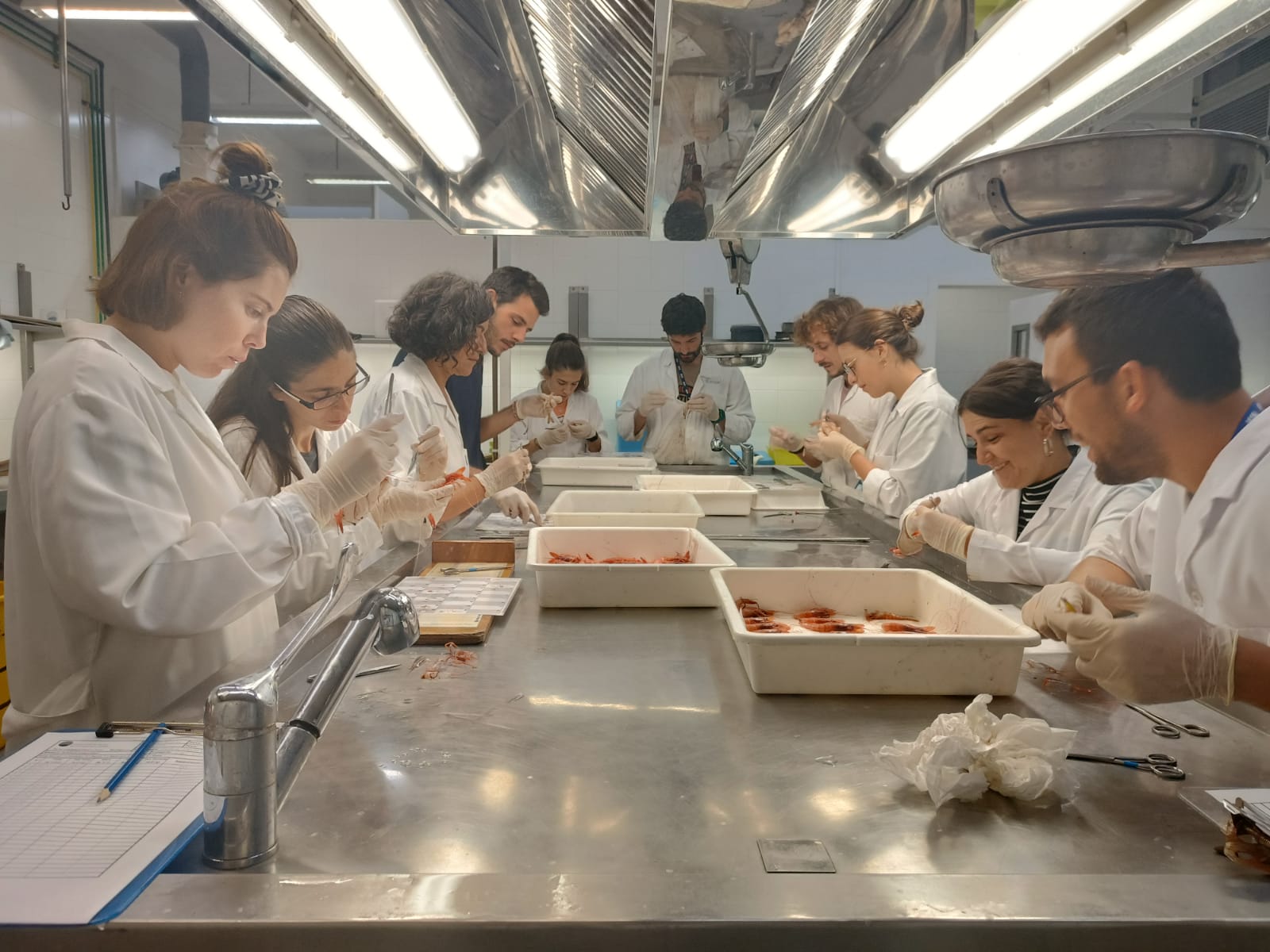
ICATMAR stuff analyzing samples from bottom trawling.
In recent months, there has been broad scientific consensus on the need to review the stock assessment methodologies that inform fishery policy decisions for Mediterranean fisheries, as these have a major impact on the sector’s socioeconomics. Various scientific institutions are already forming working groups to begin this review process, known as a benchmark, with the goal of agreeing on the data and models to be used in stock assessments, starting with European hake, the most vulnerable species. In the meantime, it is necessary to find solutions to make bottom trawling more sustainable, without focusing solely on reducing activity. At ICATMAR, we are collecting fisheries data along the Catalan coast to feed into the benchmark process and help achieve more accurate stock assessments for proportionate, coherent management aligned with the actual functioning of Mediterranean fisheries.
Author: Marta Carreton
